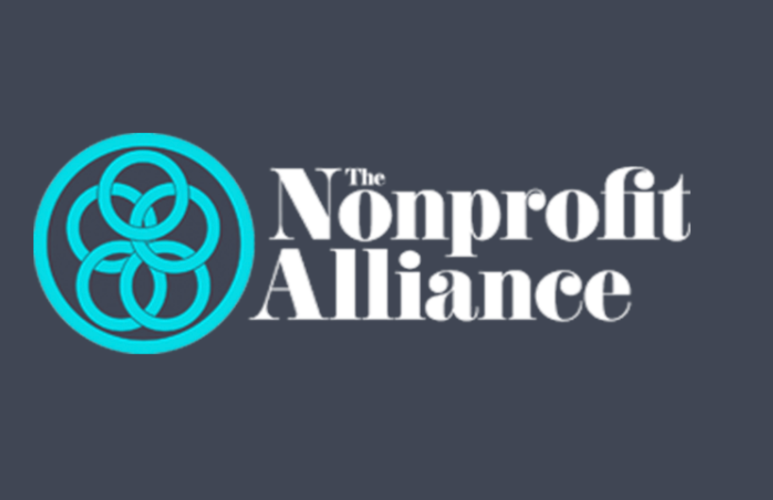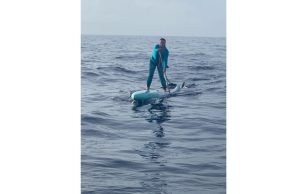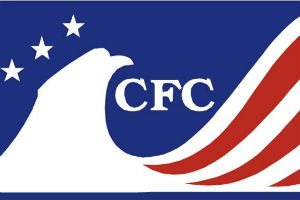Nearly two-thirds (65.64%) of direct response fundraising consultants said their nonprofit clients met or exceeded projections for 2022. However, an even greater number (68.75%) said the results fell short of 2021’s outcomes and nearly half (43.75%) said their clients have lowered expectations even more for 2023.
Only 37.5% of respondents have clients who expect to match last year’s results during 2023, and just 18.75% said they expect to exceed them. Those answering pointed to inflation, donor acquisition and donor retention as the biggest challenges.
The Nonprofit Alliance reported the data from a survey take in late January and February of member agencies and partners by its ADRFCO fundraising council, known prior to its 2019 merger with the alliance as the Association of Direct Response Fundraising Counsel.
The responses partly reflect the economic headwinds of inflation and a volatile stock market but are also indicative of a natural leveling off following the fundraising boost many saw during the pandemic, said Shannon McCracken, CEO of The Nonprofit Alliance. The online survey had 33 respondents but collectively they represented hundreds of nonprofits, she explained.
“Some of them commented that 2022 was still a stronger year than 2019, and overall if you take out that COVID anomaly period, you can see they would have been following the same trendline,” McCracken told The NonProfit Times. “But recognizing some of the economic challenges, many agencies are recommending to their clients that they be more conservative in 2023, and year-end 2022 really spoke to that because it just wasn’t as strong as the past couple of year-ends.”
Respondents overwhelmingly identified inflation (84.85%), new donor acquisition (78.79%), and donor retention (63.64%) when asked the three biggest fundraising challenges they believe their clients will face this year. A lesser but still significant number also cited continued stock market declines (27.27%) and donor engagement and responsiveness (21.21%).
Fundraisers appear to be taking their cues accordingly and tightening their belts when it comes to expenditures: Most respondents expect their clients to do either the same (53.13%) or less (40.63%) direct mail fundraising this year compared with last year, largely because of increases in the cost of postage and paper. A majority also report their clients will be doing the same (71.43%) or less (21.43%) telemarketing.
Many fundraisers will be relying on email to pick up the slack, with nearly half (43.75%) of respondents saying clients intend to increase their volume or frequency of fundraising email and the balance (56.25%) all expecting clients to do the same amount of email this year as last year.
Some of this can be attributed to managers rethinking the labor intensity and cost of direct mail, digital advertising, and telemarketing versus their effectiveness at a time when revenue is leveling off and budgets are strained, McCracken said.
Anecdotal responses gathered from the survey appear to support this view along with the perceived impact of COVID, as many respondents reported that food banks and social services that fared well during the pandemic have seen a sharper falloff in donations than have other clients. Animal welfare, conservation and the environment have reportedly seen sharper declines as well.
International relief organizations, by contrast, appear to be bucking the trend with stronger than average donations that respondents attributed to the ongoing war in Ukraine that began in February 2022.
Nonprofits across the board are also reportedly seeing fewer overall gifts but higher gift averages, which has led some organizations to focus prospecting and retention efforts on higher-dollar donors.
This fundraising survey by the Nonprofit Alliance follows a previous one it conducted at the start of the pandemic in the spring of 2020.
“The 33 responses in this latest survey came from fundraising agencies, list companies, and other specialized service providers that are looking across their entire client base to answer these questions, so it is representative of a much larger swath of the direct response fundraising base than it might appear even if 33 doesn’t sound like a very large number of respondents,” McCracken said. “That’s why we really like surveying them, because we get a really good picture of the data they’re seeing.”
Details of the survey can be found on The Nonprofit Alliance website at www.tnpa.org/adrfco-survey-results-2023.










